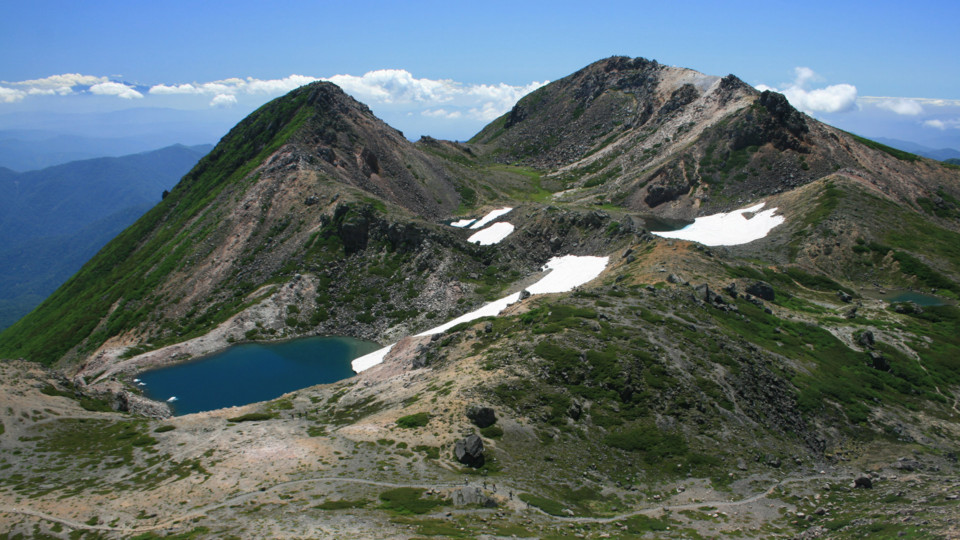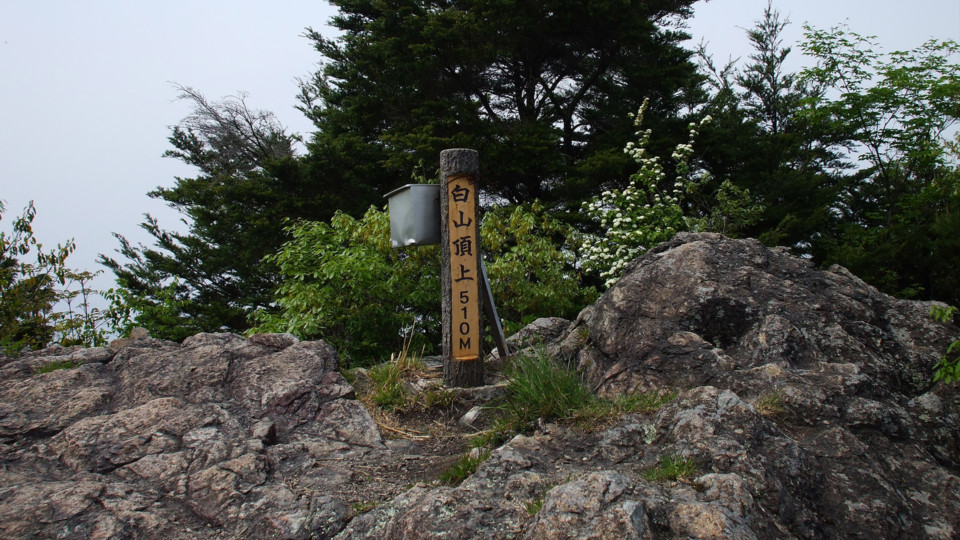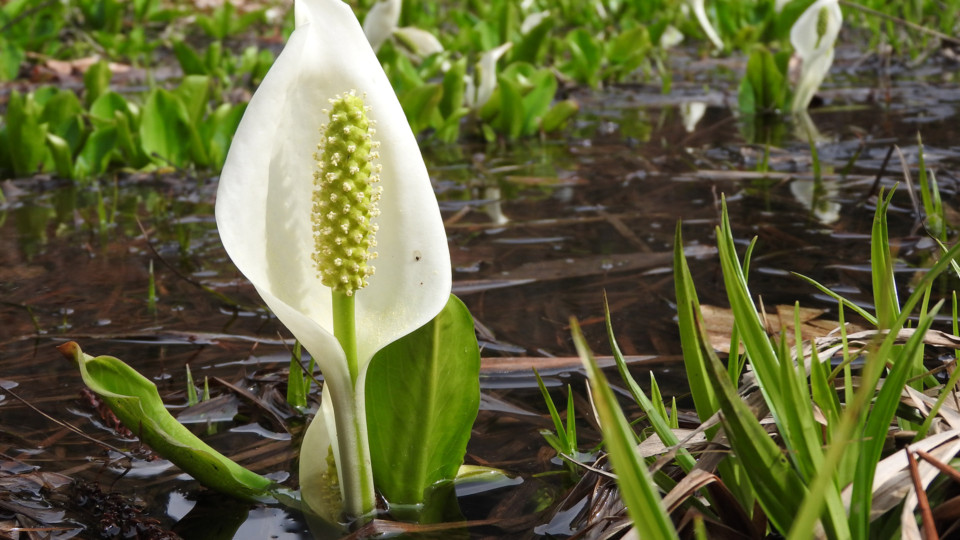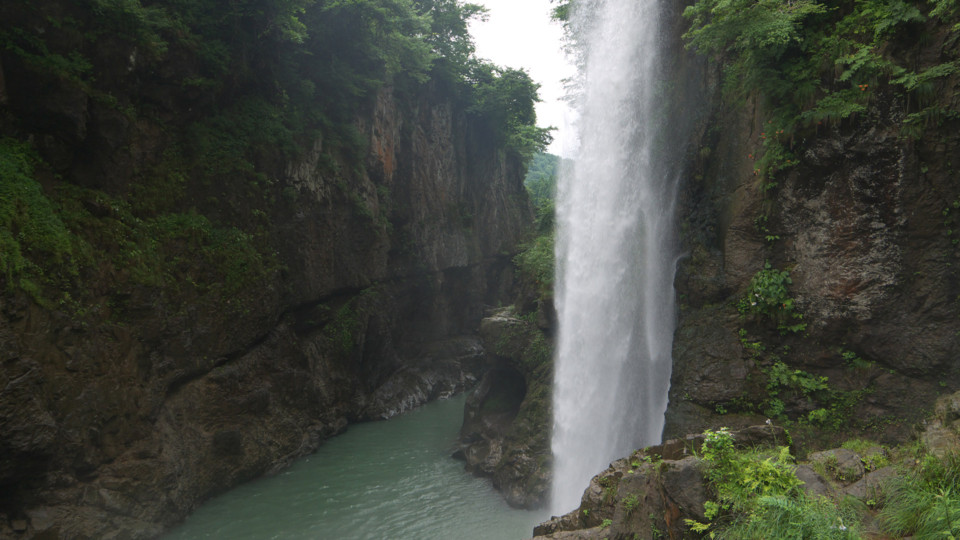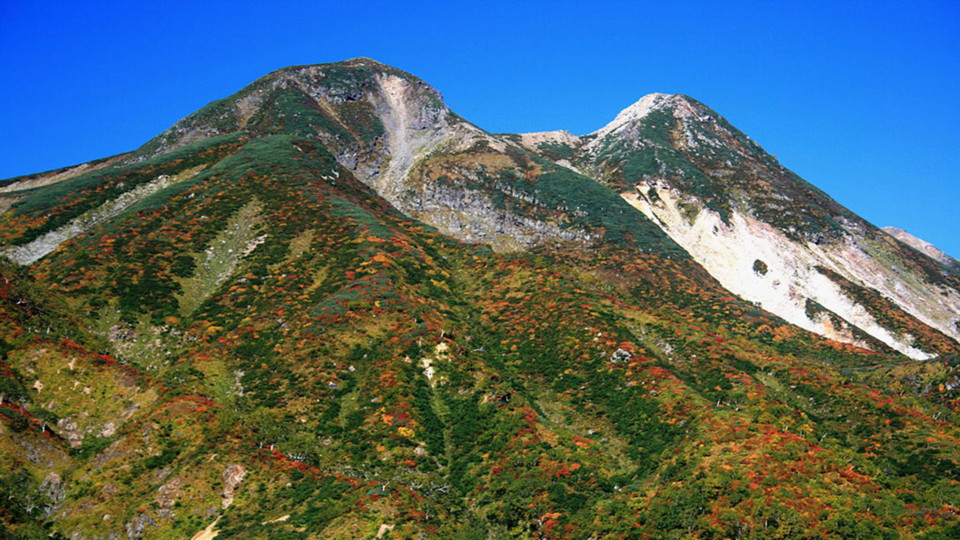Site Hakusani püha sait (tähendus: valge mägi) on juurdunud Jaapani Shinto religioonist, Kuid püha pühamu on asutanud Shugendo budistlik preester Taicho-Washo, kes tõusis mäest üles, et mediteerida. Hakusan on traditsiooniliselt olnud munkade askeetliku koolituse sait, kes jõuaks mäele oma pühade palverännakuradade võrgustiku kaudu. Aastate jooksul, Iga nende radade jalamil asus üha suurem arv pühakodasid. Pühakojad on endiselt traditsiooniliste tseremooniate populaarne sait jumalate tänamiseks, või küsida head saaki. Hakusani tipus asuvat pühamu austavad kogu riigist pärit inimesed pühaks kohaks, ja seda peetakse Hakusani kummardamise ja usulise mägironimise peakohtuks. Kokku, on 2700 Hakusani religiooni pühamud levisid kogu Jaapanis. Hakusani mägi on osa suuremast rahvuspargist ja Ishikawa nelja piirkonda hõlmav UNESCO „Mees- ja Biosfäärireserv”, Fukui, Gifu ja Toyama.
Ohud Samas kui piirkonna loomulikud väärtused on üsna hästi kaitstud, Hakusani mäe usukultuurile on vähenev rõhk. Mägironimine on olnud osa piirkonna kultuurilisest ja usulisest traditsioonist alates Shugendo budismi tulekust, Kuid tänapäeval on külastused muutunud vähem religioosselt motiveeritud. Mäest on saanud tänapäevase matka ja mägironimise objekt, Ja sellisena meelitab see välisturismi. See on põhjustanud mägironijate saabumist piirkonda, Kuigi numbrid on endiselt suhteliselt madalad 50.000 Külastajad aastas.
Nägemus Hakusani mägikoha peamine visioon on see, et looduskaitse ideoloogia on seotud selle usuliste juurtega. Kohalik kultuur on esindatud rahvuspargi juhtimise plaanides, Ja traditsioonilisi teadmisi kasutatakse turistide ökoloogiliste mägironimispraktikate juhendina. Sel viisil ökosüsteemi teenused, või õnnistused, Nagu kohalikud helistavad neile, mängib jätkuvalt rolli kohalike inimeste elus.
Tegevus Jaapani rahvusparkide peamine eesmärk on säilitada maastik. Siiski, Hakusani rahvuspargis oli vaja ka rohkem kaitsele orienteeritud tegevust, nagu liikide kaitse, Täiustatud metsakaitse ja loodusega kooseksisteerimise määrused. Need lisapingutused on muutnud Hakusani rahvuspargi mudelipiirkonnaks, kuidas saavutada loodusega kooseksisteerimine jätkusuutlikult. Lisaks, Pargi ökosüsteemi kaitsmiseks võetakse kasutusele poliitika ja määrused, pidades silmas kasvavat turismi.
Poliitika ja seadus Ajalooliselt, Piirkonnas on aeglaselt kasvanud looduslikud kaitstud alad:
Nende otsustega seotud haldusasutused on keskkonnaagentuur, Metsabüroo ja Jaapani UNESCO riiklik komisjon. Seadused täidetakse praegu rahuldaval viisil. Väljaspool rahvusparki, Liigide ja metsa laikude kaitsmiseks koos maaomanikega on kehtestatud juhtimine ja seaduslik ametiaeg. See viis edukamaks säilitamiseni ja piirkond on ümbritseva piirkonna eeskujuks.
Ökoloogia ja bioloogiline mitmekesisus Hakusani lumega mägede alumised kõrgused sisaldavad vana, Hästi säilinud pöögimetsa ökosüsteem. See on endeemilistele imetajatele elupaik, sealhulgas Jaapani makaak (Magaca Felice) ja Jaapani serond (Kaljukits Crispus) ja linnud, sealhulgas laia levinud kuldne kotkas (Aquila Chrysaetos). Jäine mägismaa ojade majutab Jaapani forelli (Salvelinus leucomaenis). Mitmesuguseid söödavaid pähkleid, Piirkonnas kasvavad sõnajalad ja mitmed bambusliigid. Kõrgete mägipiirkondade asukohas on poolosaga Hakusan-Kozakura (Primla conapeifolia) ja šokolaadiliilia (Fritillaria camschatcensis).
Haldurid Hakusani mäe vanimad hooldajad on tõenäoliselt eestkostja jumalused, mida Shintos kinni peetakse, ja hiljem ka budismi sünkreetilistes vormides. Piirkonna kohalike elanike traditsioonilist elustiili nimetatakse detukuriks. Välja arvatud Shogendo budistid, kes ronivad mäest usupraktikate jaoks, Inimesed paneksid mägedele suve ajal ainult jalgsi toidu ja söe tootmiseks, kasutades väikesemahulisi tuletõrjetehnikaid. Karude jaht on olnud osa piirkonna traditsioonilistest tavadest, kuni see keelati 1962 Kui rahvuspark loodi. Kohalikke kuumaveeallikaid külastati meditsiinilistel eesmärkidel. Elanikkond oli varem täiesti isemajandav, kuid nõudlus söe järele vähenes ja pargi metsandusosa on kahanenud. Tänapäeval pole detukuri traditsiooniline praktika enam kasutusel. Siiski, Kohalikud kultuuripraktikad on integreeritud Hakusani rahvuspargi juhtimis- ja külastuskogemusse, et muuta park üldsusele ja kohalikele elanikele väärtuslikumaks.
"Tuhat inimest ronib, Tuhat inimest tuleb alla, ja tuhat inimest kogunes mäe jalamile" - Gujo turismiföderatsioon (2013)
Koostöö Hakusani turismiliit on piirkonna üks peamisi sidusrühmi, Jätkusuutliku turismi arengu tagamine. Selle ühingu president on ka Hakusani Shirayama Hime Jinja pühamu peapreester. Eesmärk on piirkonna koostööhaldus, kus iga piirkonna mängija, kogukonnad ja valitsusvälised organisatsioonid, ja pargihaldus, jagab osa kohustustest.
Kaitse vahendid Nelja keeles infobrošüürid on turistide harimiseks taimede eemaldamise keskkonnaohtude kohta, prügi ja metsik telkimine koos nendega seotud seaduste ja määrustega. Turistide teavitamine eeskirjadest on vajalik, Eriti juuli ja augusti paiku, kuna sellel pole lubatud telkida väljaspool määratud telkimisalasid. Varjupaik ja määratud alad pakuvad tasuta alternatiive, ja tasulisi lodge saab kasutada külastaja, kes soovivad rohkem luksust.
Tulemused Looduskaitse loodusega kohalike inimeste kooseksisteerimise kaudu, on näide looduskonservatsioonidele laiemas piirkonnas. Selle koos eksisteerimisega on kõigil külastajatel võimalik nautida ökosüsteemist saadud õnnistusi. Ka, Traditsiooniliste kohalike elanike osalemine suurendab teadmisi pargijuhtimise ja ökosüsteemi kohta, mis viib püha piirkonna parema säilitamiseni. Kohalike elanike osalemine on suurendanud oma teadlikkust Hakusani rahvuspargist ja selle ökoloogilisest tähtsusest nende endi elule, kultuuriliselt ja usuliselt.
- Otsing : Rahvuspark, UNESCO ja Geo pargi ökopark kui püha looduslik koht Jaapanis http://www.kagahakusan.jp/en/hakusan/index.html
- Turismiliit (n.d) Hakusan (rahvuspark), Mägironimise teave http://www.kagahakusan.jp/en/ (juurde pääsenud 23-07-2017)
- Jaapani-juhend (2017). Paigaldusotsing, http://www.japan-guide.com/e/e4285.html (juurde pääsenud 23-07-2017)
- Jaapani-juhend (2017): Linna otsing, http://www.japan-guide.com/e/e4284.html (juurde pääsenud 23-07-2017)
- Gujo turismiföderatsioon (2013) Külastage Gujo lossilinnas asuvat ajaloo ja kultuurimaailma, http://www.gujokankou.com/en/01_history/01_01.html

